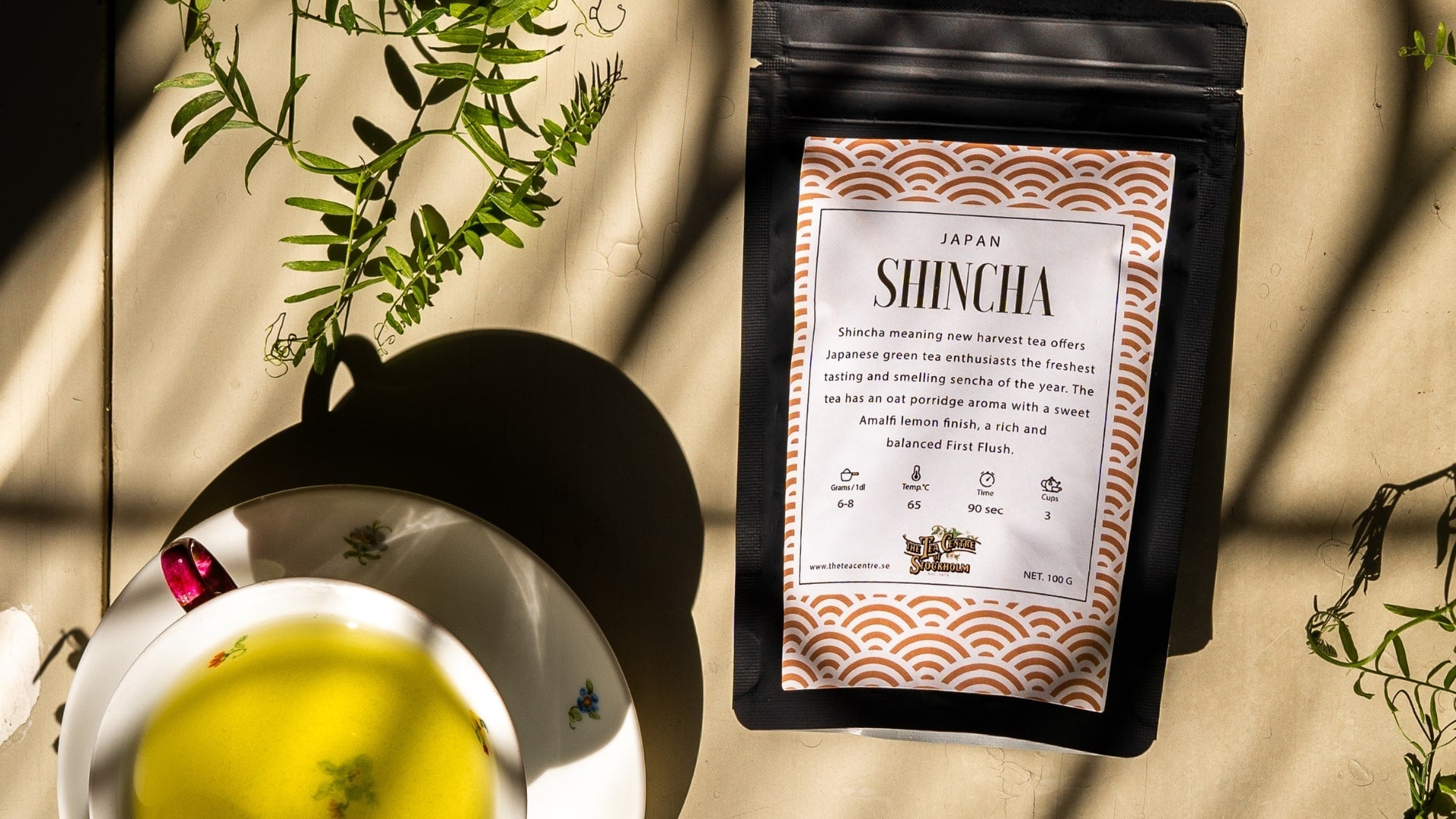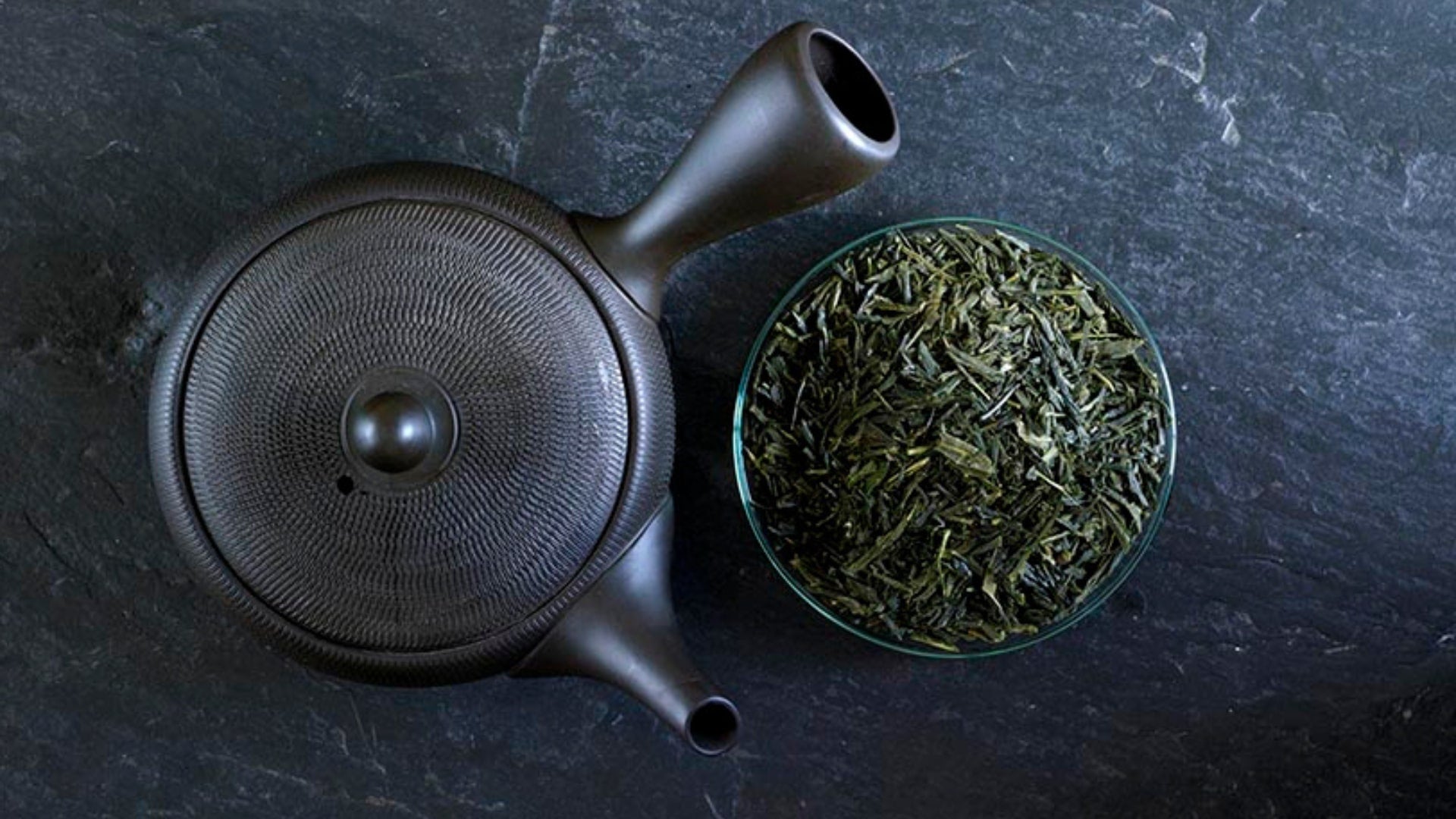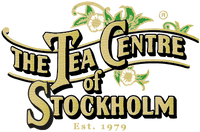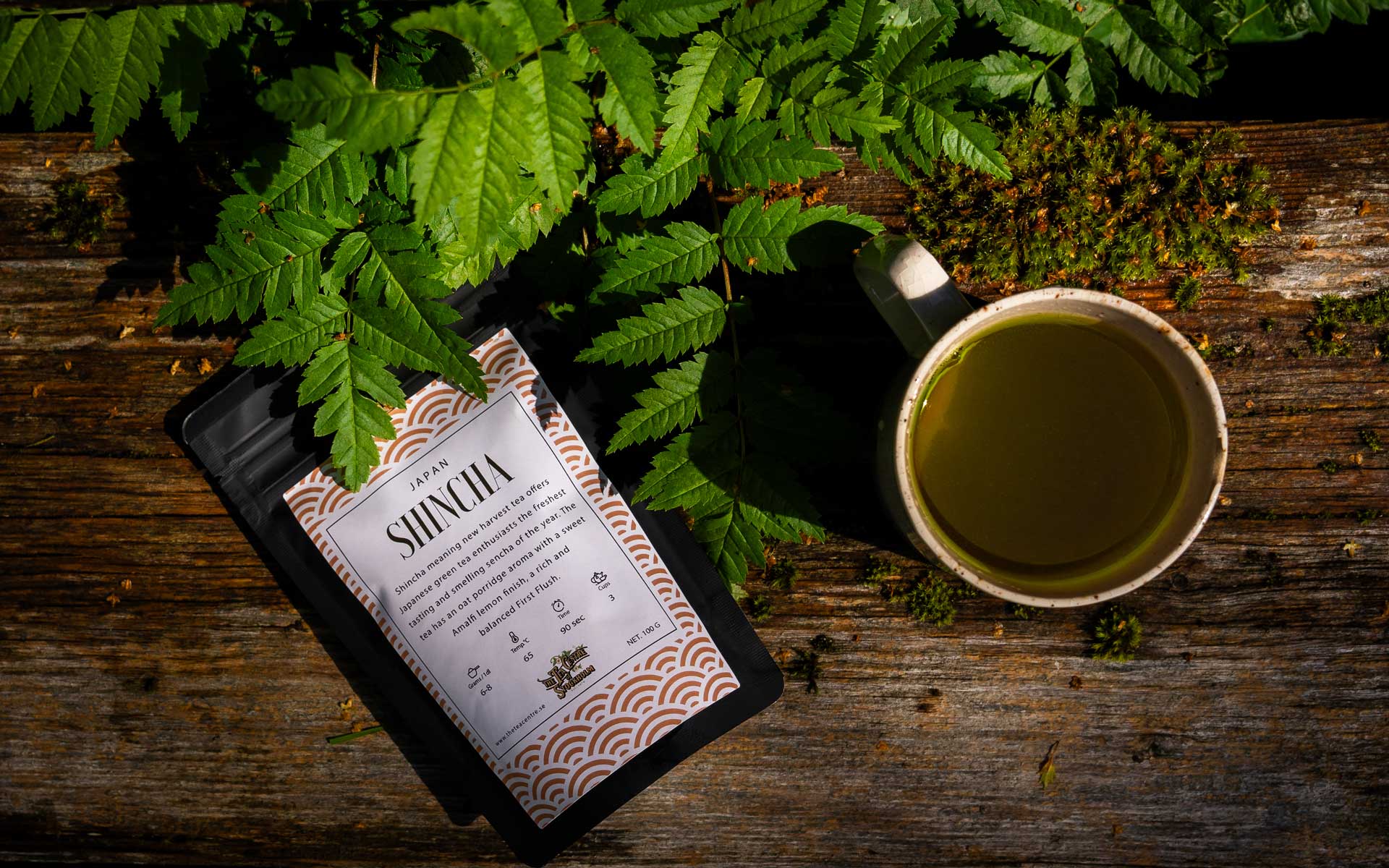Far to the east, in what is known as the Land of the Rising Sun, many things are still surrounded by a mysterious beauty and elegance. Tea is no exception. Tradition, craftsmanship and umami are some of the main characters when Gihan Mauris, CEO of The Tea
Part I - The Source
When Vernon Mauris founded The Tea
As the time approached to hand over the family business to the next generation, Vernon knew that an education in Stockholm alone simply would not be sufficient.
“He said I needed to go to the source,” Gihan says of his father, “and experience tea in its natural environment, with all the amazingly rich culture surrounding its cultivation and preparation.”
When he was 17, Gihan packed his bags and got ready to fly to Japan, but not before his father sat him down to tell him how to navigate this foreign culture. The nervousness he felt about the trip is palpable even when he talks about it almost two decades later.
“I would say hello in a special way, present my business card correctly, never pour tea for those older than me but instead let them take the initiative, dress appropriately. It was a lot to take in and keep track of for a teenager on their way to such an important trip.”
Dressed in his finest suit and tie, a young Gihan landed in Tokyo with a whirlwind of thoughts in his mind.
Part II - The Brotherhood
When it comes to tea, the Land of the Rising Sun has strong ties to the Land of the Midnight Sun. The Tea
These ties have also contributed to some personal relationships. At a conference in the early days of the business, Vernon became friends with the president of the family-owned Otsuka Green Tea and his wife. As one of the earliest established producers in the tea-rich region of Shizuoka, the Otsuka family had set the bar for excellence in world-class sencha for seven generations.
When Vernon's son was going to visit Japan to learn more about tea, there was no question of staying in a hotel.
“The Otsuka family insisted that I stay with them,” Gihan explains. “And this wasn’t just for a few days, I was going to be there for almost a month during my first visit.”
Tired, stressed and nervous, Gihan made his way from a busy airport in Tokyo to an even busier central station and just managed to jump on the train that would take him to the city of Kakegawa in Shizuoka.
Two Otsuka representatives greeted him as he struggled to bow properly and count the correct number of seconds to remain bowed. Gihan thought they were taking him to the office, but was told they were heading to his family's home.
With all the anxiety a teenager might be expected to carry in a situation like this, Gihan was taken straight to a tea ceremony to be held by none other than the president's wife, a tea ceremony master trained at one of only two extremely exclusive universities in the traditional Japanese fine arts.

Part III – The Liberation
Everyone sat on the floor in complete silence. The president of the legendary family business Otsuka, his daughter, a couple of employees, and a confused, worried, and anxious teenager from Sweden. Their gazes were fixed on the master of ceremonies at the front of the room – the president’s wife in her elegant kimono.
Unsure of how to interpret the silence, Gihan simply watched as she began cleaning the tea ceremony utensils, her every movement reminiscent of an artist painting a masterpiece, or perhaps a ballerina expressing the full range of human emotion with her body.
“Watching her prepare the tea was truly hypnotizing,” says Gihan, visibly emotional as he recounts the scene. “Suddenly, all the stress and nervousness I had been carrying for days began to wash away and I could breathe more easily again.”
According to a time-tested tradition, she prepared the powdered tea known as Match and handed the first cup to Gihan while she looked him deep in the eyes and uttered the only English words he heard from her during the trip, with a strong Japanese accent:
“Now you are with me!”
Gihan burst into tears. Both on the floor in Japan and in his office in Stockholm as he recounted the story. He had not only arrived. He was now also initiated.
Part IV – The Work
Relaxed and accepted, Gihan got ready to start working with the president the next day. The routine was strict. They woke up at three in the morning, ate a light breakfast without strong flavors, and didn’t brush their teeth. Soon they would drive through the dawn mist to the factory where local growers would present their first tea samples for tasting.
For sencha, only the buds and first two leaves of the tea plant are harvested, and this is done before sunrise to preserve the L-theanine that is otherwise converted in the sun. Providing the plants with enough sun in the final days before a harvest to allow them to grow while preserving the L-theanine is a true art form, something that can also be said of the tasting that was about to begin.
“The president tasted a tea, quickly advised the grower on whether the leaves should be steamed more or less, and moved on to the next tea sample,” explains Gihan, adding that steaming stops the oxidation of the leaves and is an important step in the production of sencha.
By eight o’clock the first hectic tasting was over. The growers went back to implement the adjustments while Gihan and the president finally had a proper meal. At lunchtime the growers returned with new samples that hopefully met the high bar set by the president’s carefully calibrated taste buds. The growers filled their trucks with accepted product and drove up to a truck scale – they all drove the same model of truck to enable efficient weighing of the tea they had for sale.
“Of all my travels, this may be the one that has had the most impact on me,” Gihan announces. “I never looked at tea the same way again. The appreciation I gained after getting to know the people and the process was simply on another level.”
















